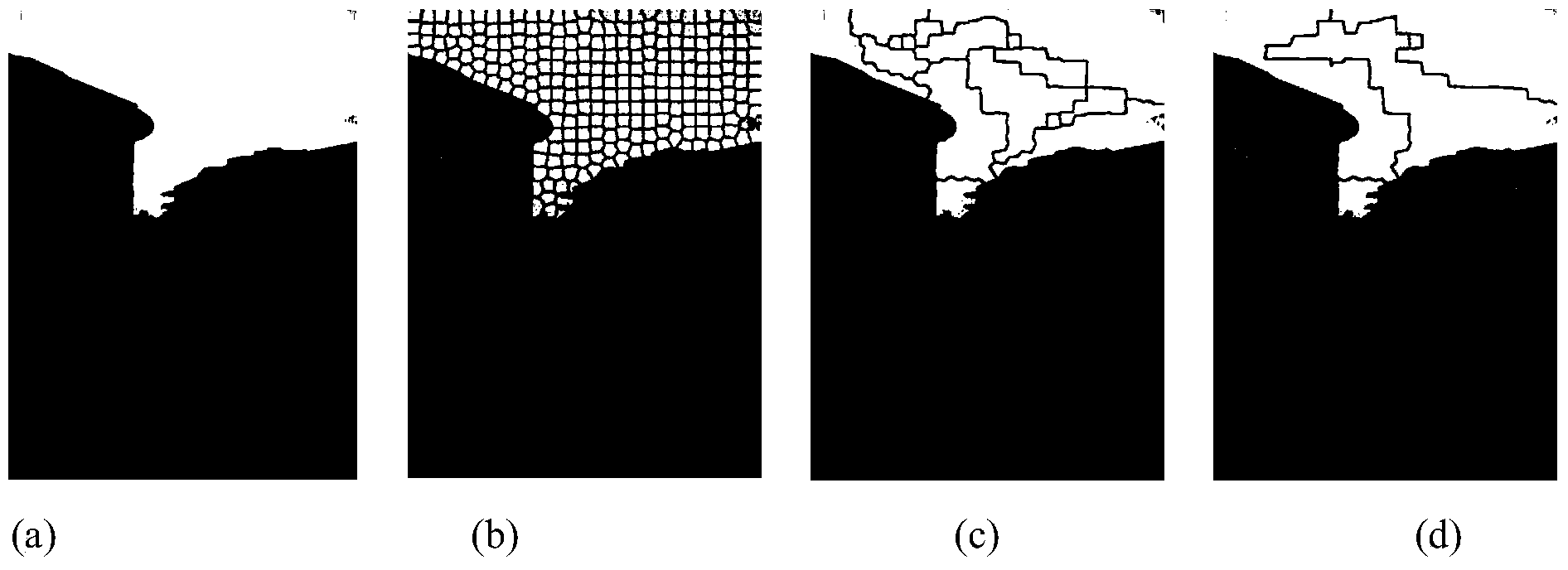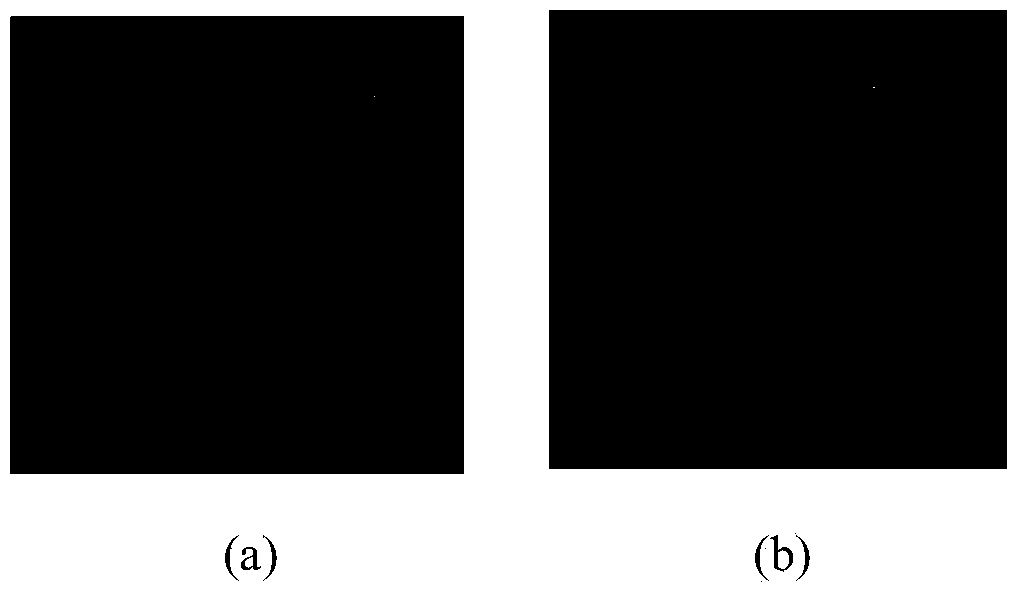Method for identifying monocular visual spaces in terrestrial gravitational field environments
A monocular vision and spatial recognition technology, applied in the field of image processing, can solve problems such as poor adaptability, slow speed, and large data processing volume.
- Summary
- Abstract
- Description
- Claims
- Application Information
AI Technical Summary
Problems solved by technology
Method used
Image
Examples
Embodiment Construction
[0033] The following structural examples and accompanying drawings further illustrate the present invention.
[0034] Such as Figure 1-14 shown.
[0035] A monocular visual space recognition method under a similar earth gravity field environment, it comprises the following steps:
[0036] (1) First, perform superpixel image segmentation based on pixel color and spatial position on the image to form a superpixel image with a certain density;
[0037] (2) By using the general clustering algorithm based on superpixel color space distance, texture feature vector distance and geometric adjacency relationship, the superpixel image is reduced to a large block cluster image below 10%;
[0038] (3) The gravitational field fuzzy distribution density function representing the sky, ground and facade objects are multiplied by the pixels of these large blocks, and the expected value of these large blocks is obtained, thereby generating the preliminary classification of the sky, ground an...
PUM
 Login to View More
Login to View More Abstract
Description
Claims
Application Information
 Login to View More
Login to View More - R&D
- Intellectual Property
- Life Sciences
- Materials
- Tech Scout
- Unparalleled Data Quality
- Higher Quality Content
- 60% Fewer Hallucinations
Browse by: Latest US Patents, China's latest patents, Technical Efficacy Thesaurus, Application Domain, Technology Topic, Popular Technical Reports.
© 2025 PatSnap. All rights reserved.Legal|Privacy policy|Modern Slavery Act Transparency Statement|Sitemap|About US| Contact US: help@patsnap.com



